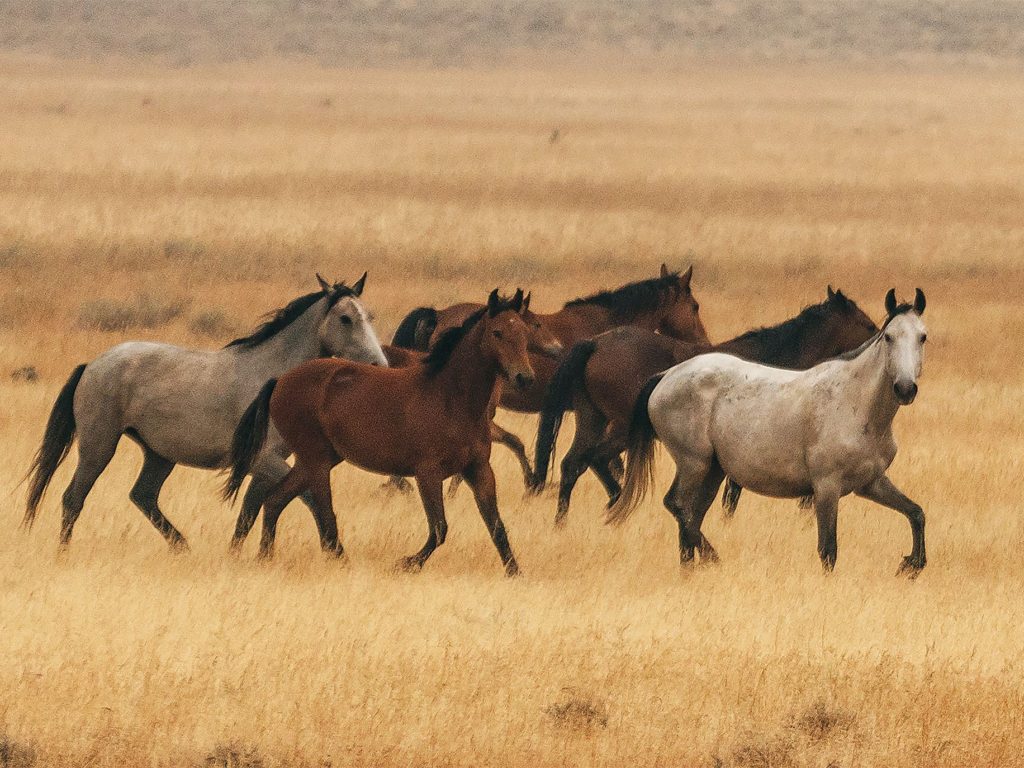Dogs may still be number one, but recent research suggests that horses might just be our second-best friend – at least based on our ability to communicate with them and for people and horses to understand each other. It’s a relationship that has been going on for a long time. All the more reason for us to learn about horses.
Table of Contents
All About Horses
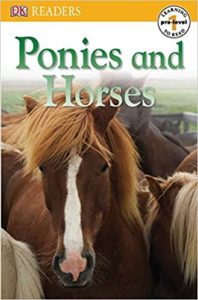 |
Ponies and Horses (DK, 2009), illustrated with photos of horses and equipment, is a non-fiction reader for ages 4-6. |
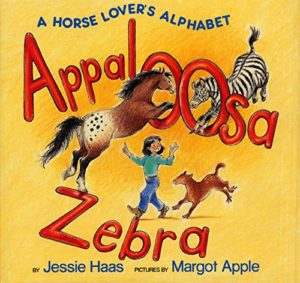 |
Appaloosa Zebra: A Horse Lover’s Alphabet by Jessie Haas (Greenwillow, 2002) is an alliterative picture-book tour of the world of horses from spotted appaloosa to striped zebra, by way of Belgian, Clydesdale, and Lippizan. (X is for Xenophon, who wrote the first known book about horses.) For ages 4-8. |
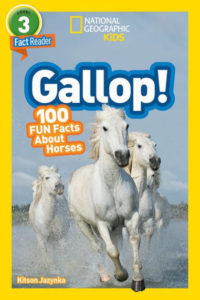 |
Kitson Jazynka’s Gallop! (National Geographic, 2018), a short chapter book illustrated with color photographs, is crammed with cool facts about horses. For ages 6-8. |
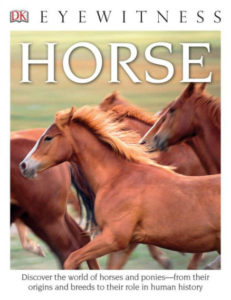 |
Juliet Clutton-Brock’s Horse (Dorling Kindersley, 2016) in the popular Eyewitness series covers the anatomy, physiology, evolution, and history of horses, along with accounts of horse relatives and horsemanship. Each double-page spread, illustrated with wonderful photos and diagrams, covers a different horse-related topic. For ages 8 and up. |
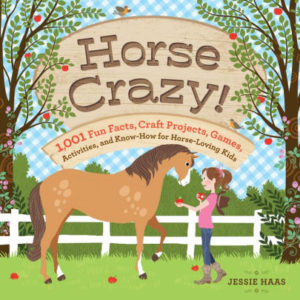 |
Horse Crazy (Storey, 2009) by Jessie Haas is subtitled “1,001 Fun Facts, Craft Projects, Games, Activities, and Know-How for Horse-Loving Kids.” A treasure trove of information and ideas for ages 8-12. |
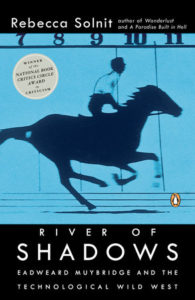 |
Rebecca Solnit’s prize-winning River of Shadows (Penguin, 2004) is the story of pioneering photographer Eadweard Muybridge, whose high-speed motion photography showed just how a horse runs. A fascinating read for teens and adults. |
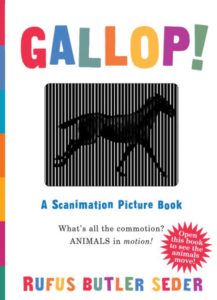 |
See for yourself! Rufus Butler Seder’s (Workman, 2007) uses a technique called Scanimation such that the art on each page literally moves. See how a horse gallops, a dog runs, a rooster struts, and more. Fun for ages 3 and up. |
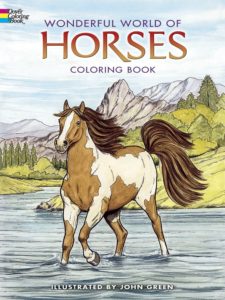 |
Learn by coloring! John Green’s Horse Anatomy (Dover, 2006) is a detailed coloring book of both the outside and inside of the horse, while Patricia Wynne’s The Evolution of the Horse (Dover, 2008) traces horse evolution beginning with Hyracotherium, a tiny horse no bigger than a house cat. Pages include informational picture captions. Also see John Green’s Horses of the World Coloring Book (Dover, 1985) which has 48 pages of varied black-line horse drawings, and other titles. |
|
From Talk Origins, Horse Evolution is a detailed account of the evolution of the horse, from tiny Hyracotherium who lived 55 million years ago in the Eocene to the Old and New World horses of the present day. |
|
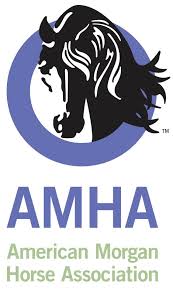 |
The American Morgan Horse Association in conjunction with A Journey Through Learning Lapbooks has horse-based lapbooks at three levels, variously incorporating art, language arts, health and nutrition, history, math, science, and social studies. |
|
See Horse Lover’s Math from Rutgers University for games, projects, online courses, and more. Do you want to be a horse scientist? Try the Exercising HorsePower game and learn about horse physiology. |
|
|
From Simple Schooling, Science of Horses is a 15-unit course on the history and science of the horse, targeted at grades 6-12. |
|
|
From LiveScience, check out this page of interesting Horse Facts. (Try making a batch of your own Horse Trivia Cards!) |
|
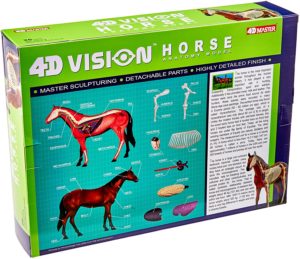 |
Build your own horse from the inside out. See the Vision Horse Model, a 7-inch-tall horse with 25 detachable orangs and body parts. A good bet for future veterinarians. |
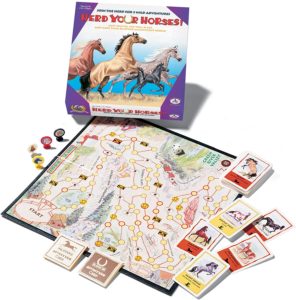 |
Herd Your Horses (Talicor) is an attractively designed board game in which kids collect a herd of mustangs and gallop across the illustrated playing board to the safety of the idyllic Green River Valley. (An extra plus: players learn horse breeds, colors, and markings from the accompanying deck of color-illustrated horse cards.) The game is recommended for 2-4 players ages 8 and up. |
